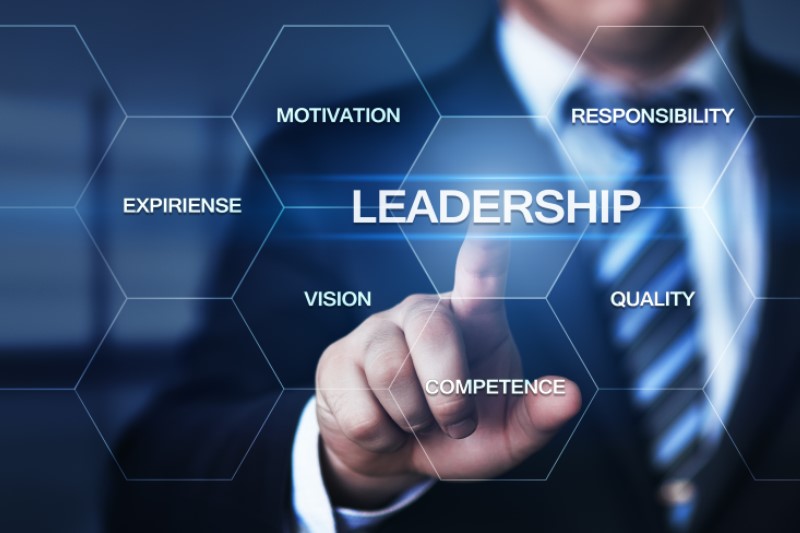
What Leadership Practices Do We Need From Our Elected Officials?
Books have been written about politics, power and leadership since the time humans first began to write. It would be futile – foolish even – to attempt summarizing all their insights. The sole purpose of reflecting on the election campaign is to highlight leadership practices that have consequences for us all.
Let’s start with a few definitions.
Politics. Whenever groups make collective decisions, they engage in “politics”. Politics is not an exclusive activity of legislatures and government. We encounter politics in every sphere of life. There’s “workplace politics”. We experience “family politics”. We see politics in service clubs and religious congregations. Politics is endemic to any group or institution.
Leaders. Wherever there’s decision making, leaders are present. They participate in the group decision making process and oversee it through to implementation.
Power. Power is the ability to act. Since ancient times, humans have learned there is power in coming together to pool efforts. Leaders embody the group’s ability to act. Leadership generally goes hand in hand with the exercise of power or influence.
A key attribute is whether a leader exercises power with or power over. This holds true for business, as it holds for government, for a charitable body or an informal association. The ability to act confers on leaders the power to tell others what to do. The ability to act also confers on leaders the power to broaden the decision making circle.
Hierarchy is a feature of most organizations. Power relationships are pictured in organizational charts and job descriptions. When an organization emphasizes “power over” relationships, control, deference to those above and compliance for those below become hallmark behaviours.
“Power over” leadership is generally the rule in government. A command and control culture is found in authoritarian regimes throughout the world. But “power over” leadership is found in democratic legislatures and parliaments as well. Someone called a “whip” has the job of ensuring their elected members toe the “party line”, and not act as their conscience might otherwise dictate.
Workplace bullying, sexual and other harassment can often hide in plain view when an organization’s culture enables leaders to misuse their power over others. The #MeToo movement has recently cast a penetrating spotlight onto the personal damage and pain “power over” leadership can sometimes inflict.
The premise for “power with” leadership is that the capacity to act is strengthened by the participation of the many, not just the few. This approach recognizes that leaders are present in every group. “Power with” leaders lead leaders. They disperse and delegate decision making authority.
For organizations to grow, they need to foster “power with” leadership. A shift in thinking is often required. Founder run businesses for example, face a big obstacle when they try to scale up. The founder has to let go of their comfortable span of control and learn to delegate. Unless they shift into “power with” thinking, their company’s growth trajectory can flounder.
Our democracies were deliberately designed to have multiple power centres. The American republic was founded on the Senate and House of Representatives sharing power with the Office of President. Canada adopted a confederation. Powers are divided between the provinces and the federal government. European parliaments use proportional representation to assign seats. After an election, parties have to build coalitions and share power in order to govern.
Structures are important. But so is leadership. The tone is always set at the top. Leaders model and set the standard for what is acceptable behaviour. This has consequences.
At the heart of politics is the reality that people are different. They have different interests, roles, perspectives, and values. This means, when decisions are needed for the benefit of the whole, the process can be contentious.
Decision making is frequently a matter of picking one side over another. One view prevails. The other fails. “Power over” leaders decide who wins and who loses. Minority shareholders vs majority shareholders. Investors vs labour. East vs west. French vs English. Black vs white. Oil sands vs whales. Examples confront us at every turn.
What if every interest represented a legitimate need? What if every role in a company was important? Picking winners and losers then becomes a strategy for failure. A company leader, faced with a competitive market and declining sales, might pick cost containment and product quality reductions. Alternatively, establishing a customer panel might reveal ways to attract customers, create new products and streamline business processes. Cross-discipline workplace teams will frequently uncover structural problems and identify solutions that would otherwise go undetected and unresolved in hierarchical silo organizations.
Calgary struggled for years to cope with growing numbers of homeless people. The Calgary Homeless Foundation brought governments together with business and the non-profit sector to adopt a 10 year plan to eliminate homelessness. By sharing ownership of the problem, resources were found that the City could never have accessed on its own.
Our province and economy needs leaders who recognize strength in our differences, who see creative opportunities in resolving our competing interests. If the election doesn’t deliver leaders with those attributes, what are we to do?
We’ll just have to be those leaders ourselves. Modelling “power with” behaviour is a leadership practice. Such leaders are found everywhere – in our businesses, in our not-for-profit organizations, in our voluntary endeavours.
We’ll just find each other and continue doing what needs doing.
Bob Hawkesworth
Senior Advisor
